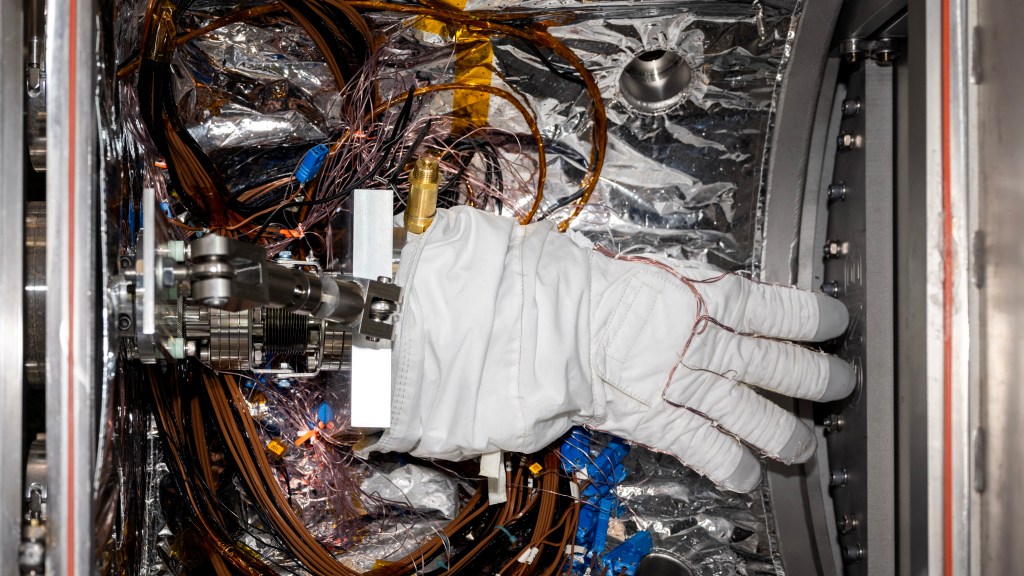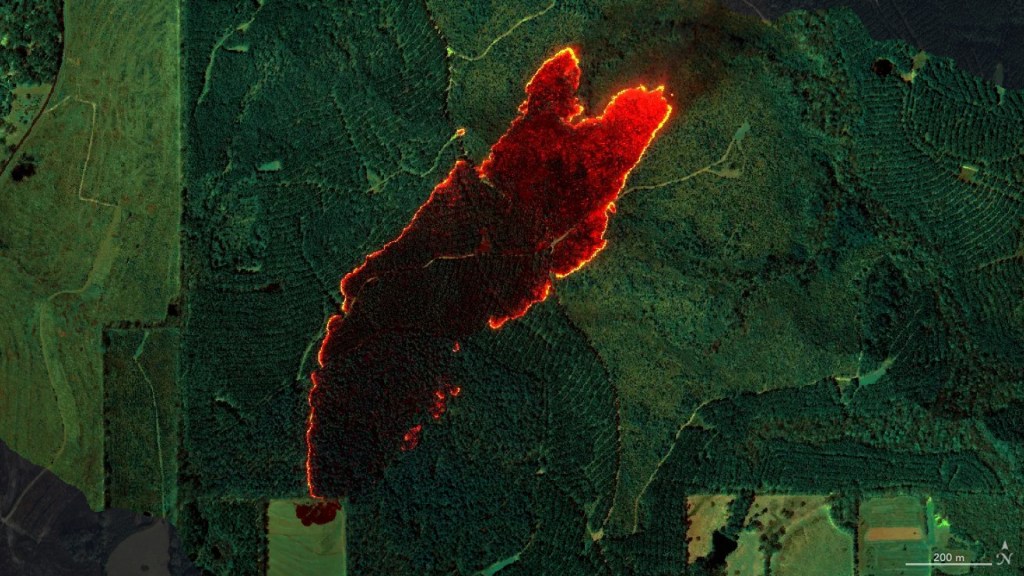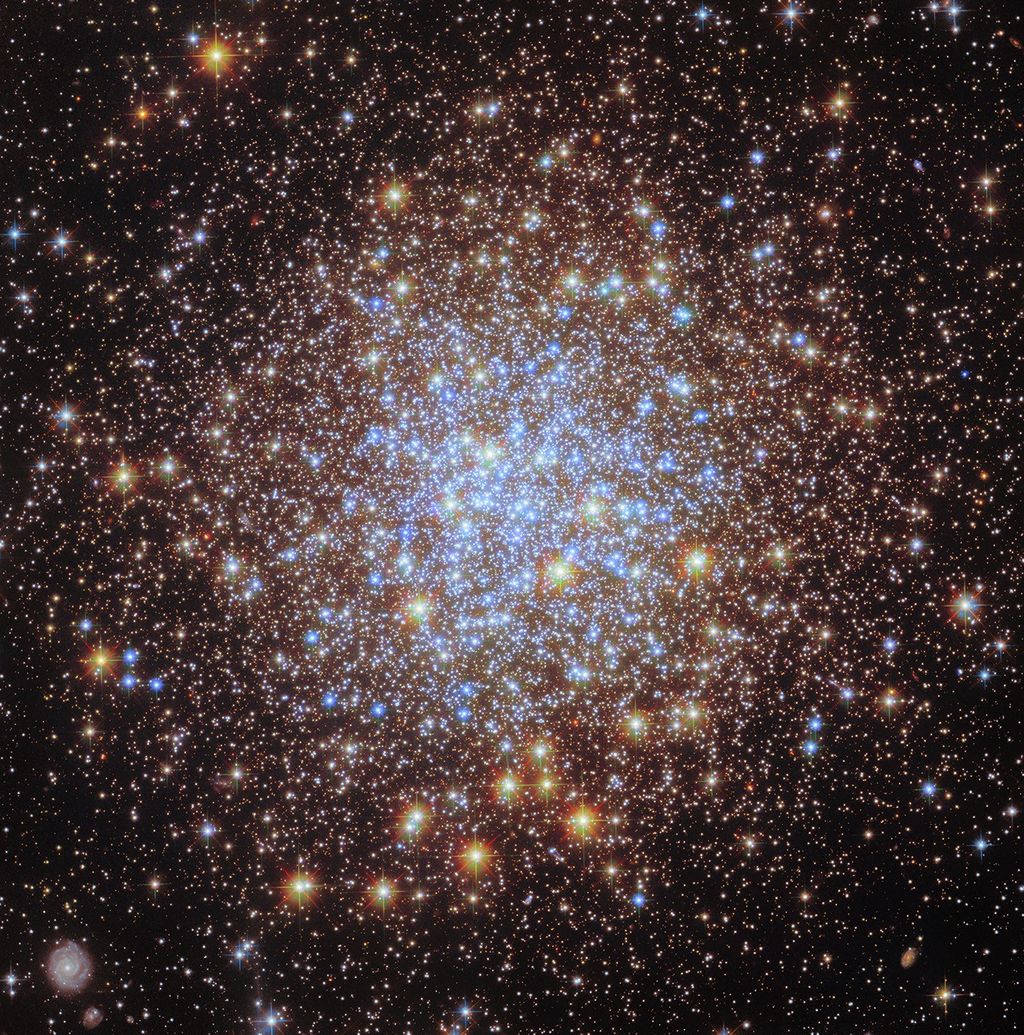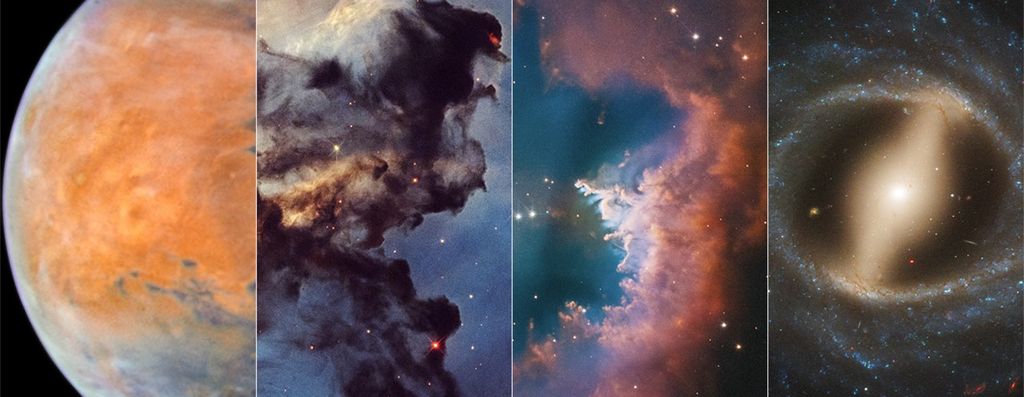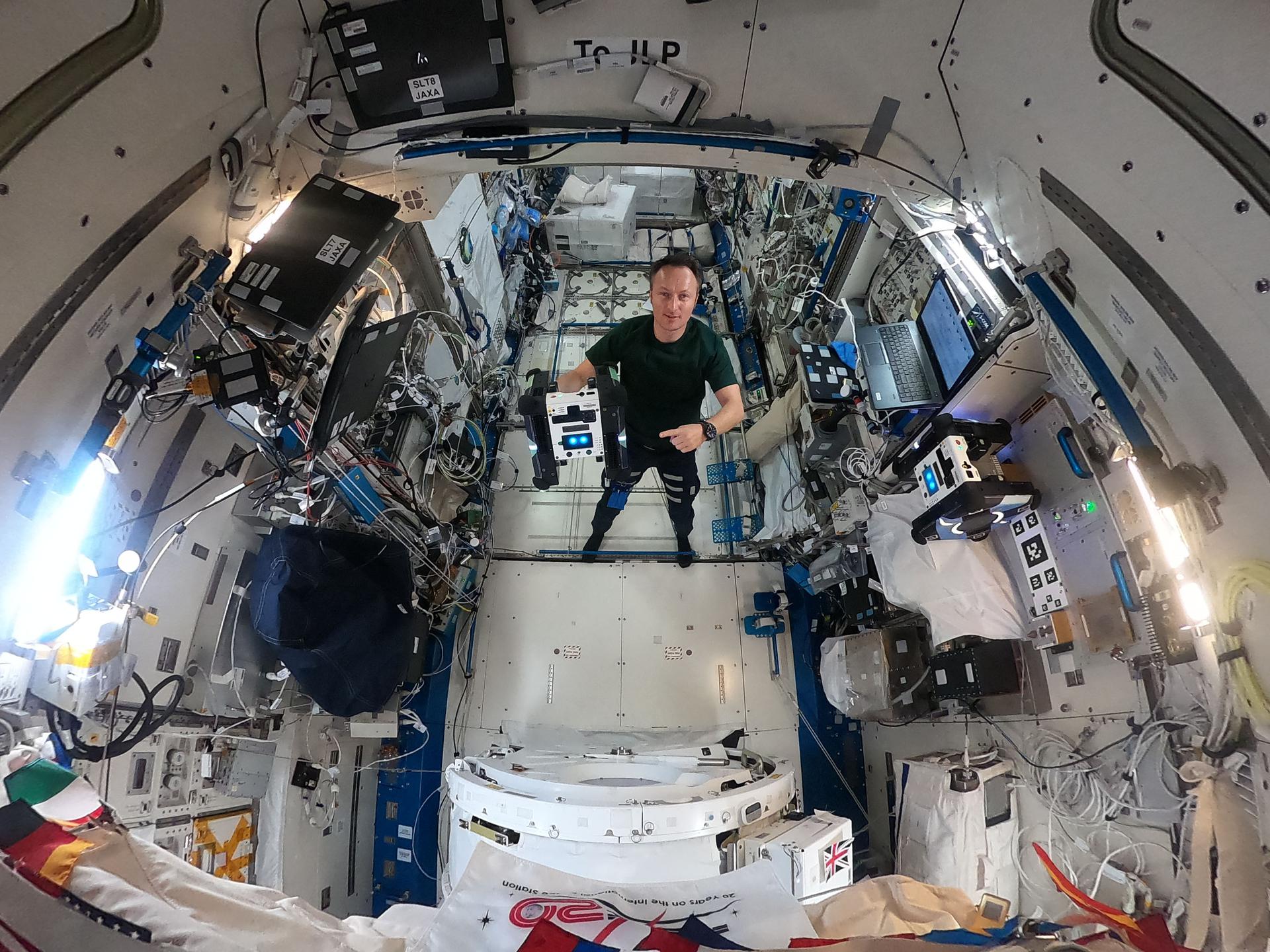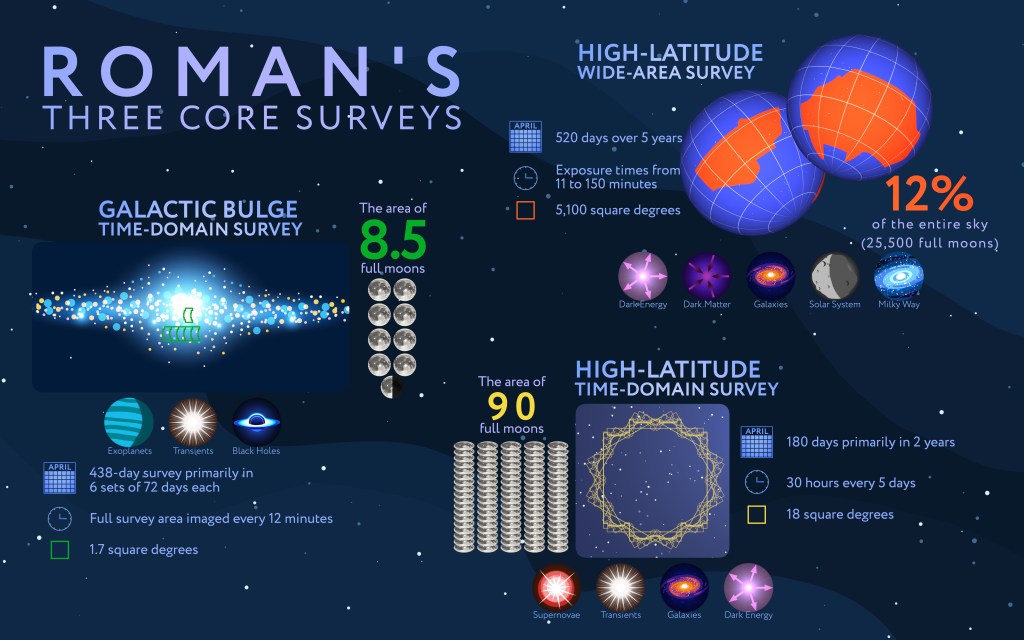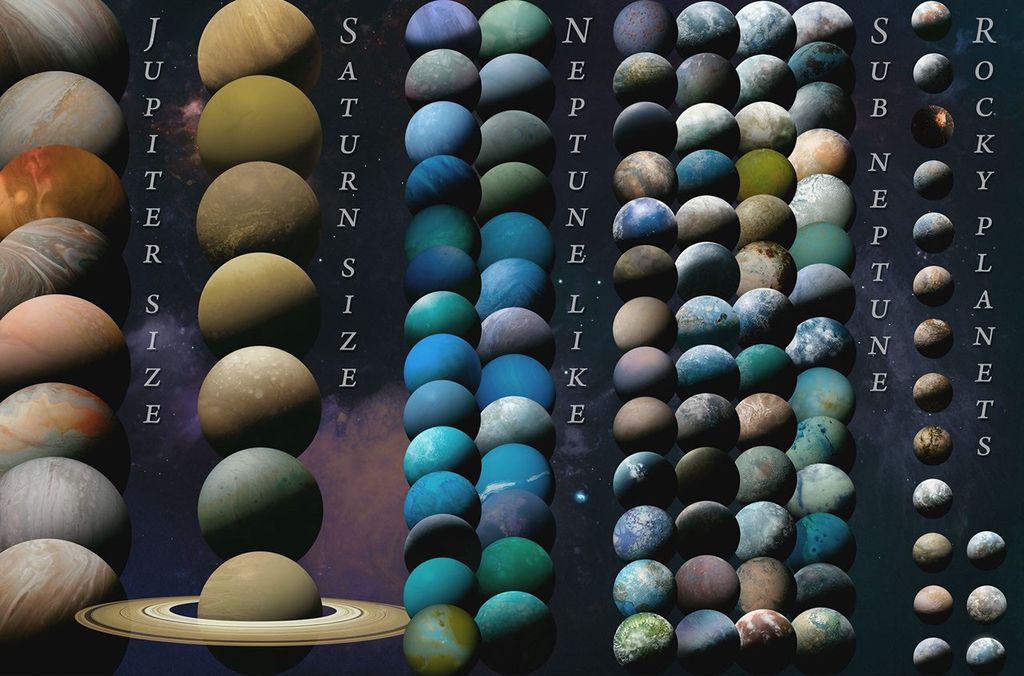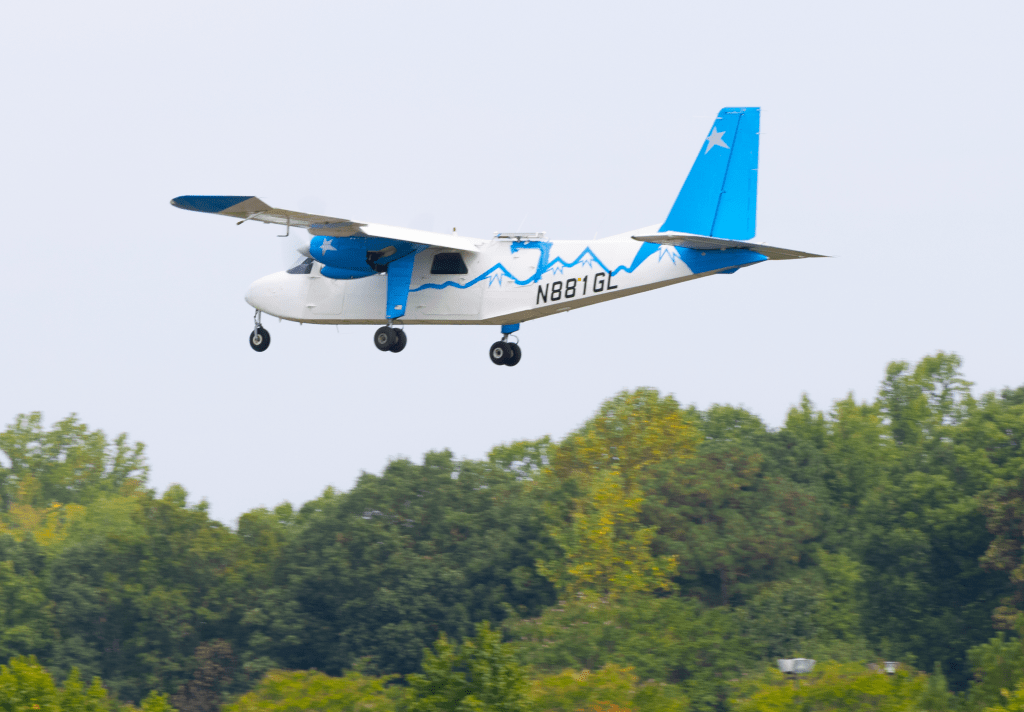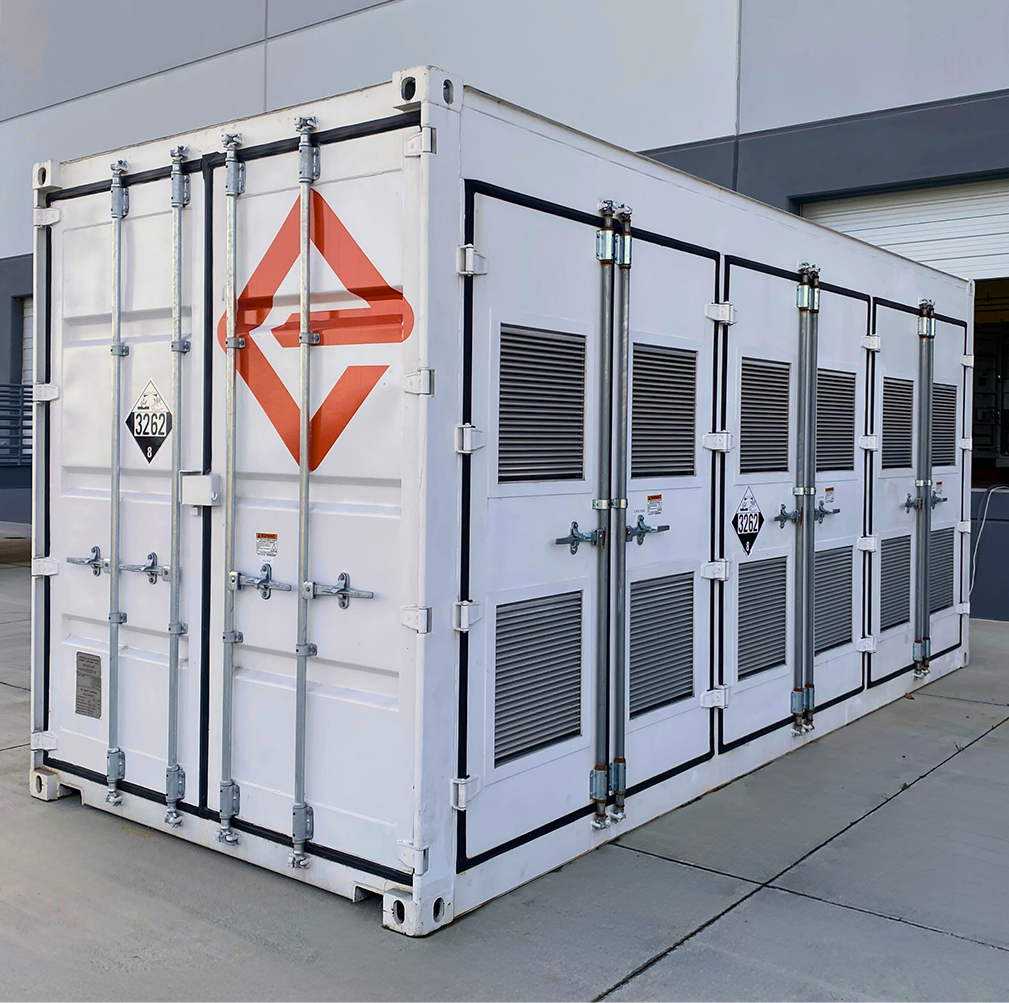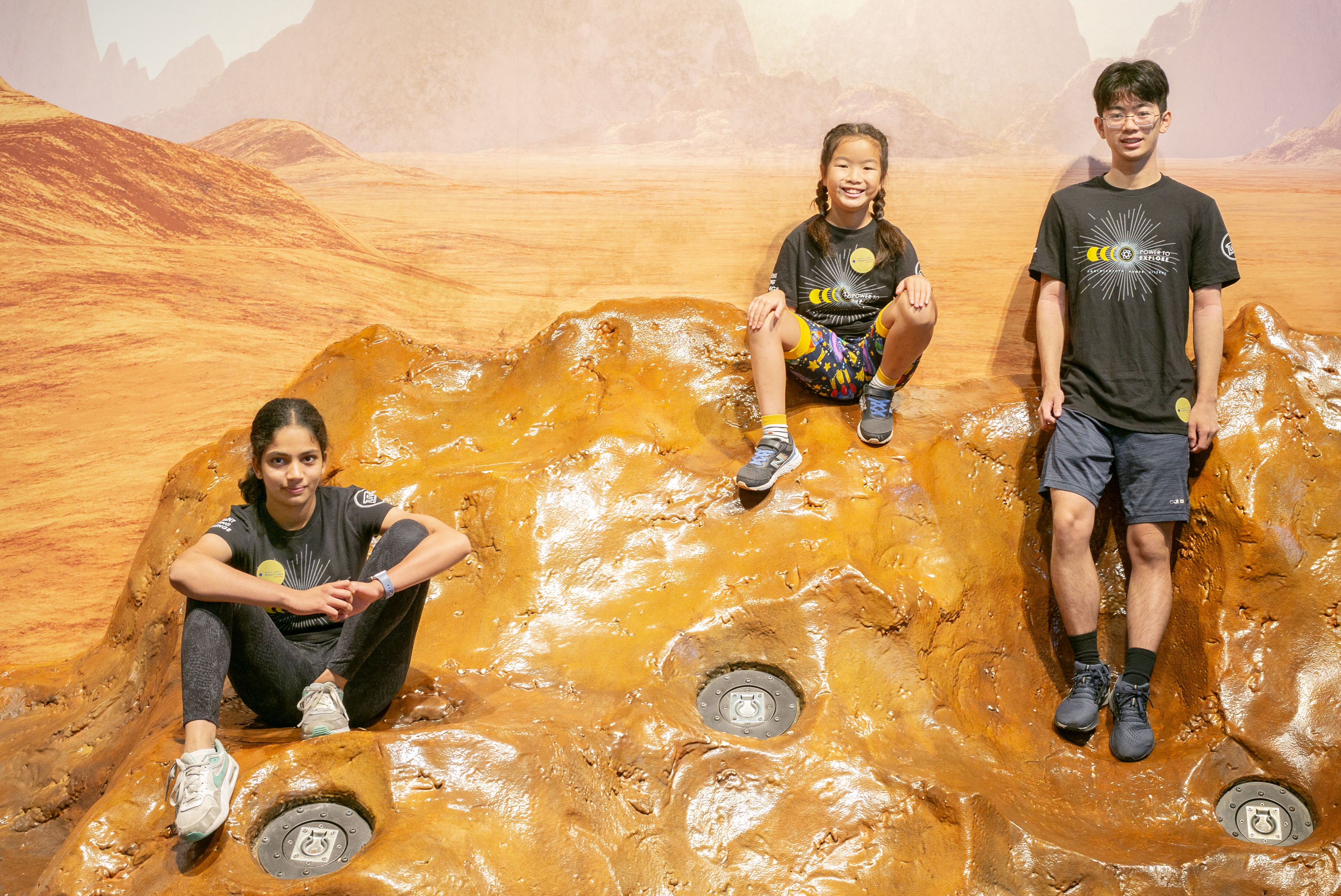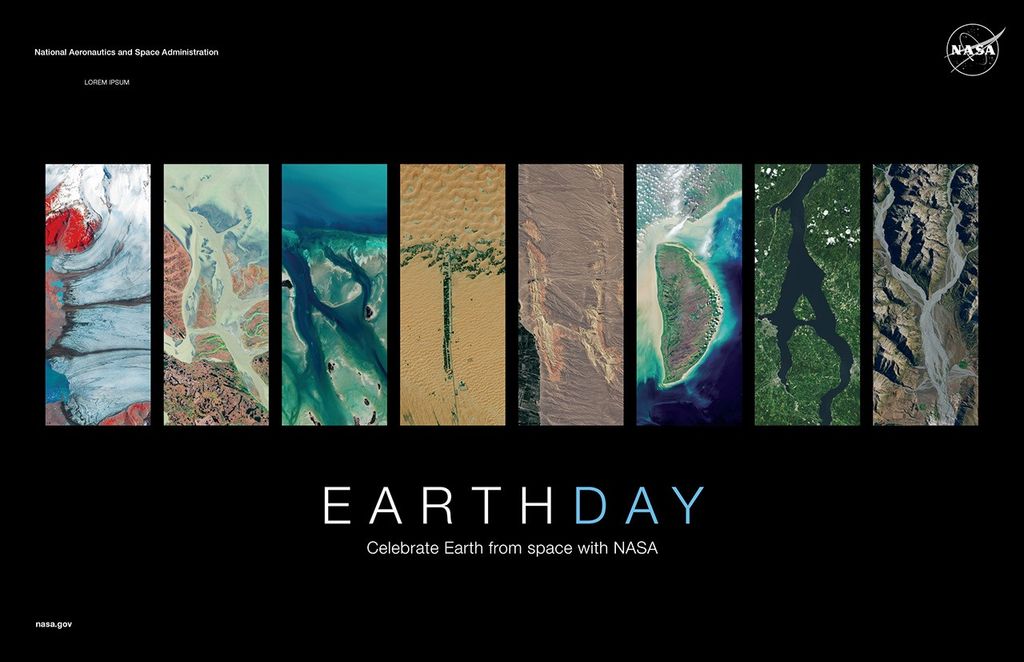Mercury False Color Rotation Movie
| Credit | NASA/Johns Hopkins University Applied Physics Laboratory/Carnegie Institution of Washington |
|---|---|
| Language |
|
A global color map of Mercury's surface has been created by mosaicking thousands of sets of images obtained by the MESSENGER Wide Angle Camera (WAC).
The colors shown here are related to real variations in the spectral reflectance across the planet. This view captures both compositional differences and differences in how long materials have been exposed at Mercury's surface.
Young crater rays, arrayed radially around fresh impact craters, appear light blue or white. Medium- and dark-blue areas are a geologic unit of Mercury's crust known as the "low-reflectance material," thought to be rich in a dark, opaque mineral. Tan areas are plains formed by eruption of highly fluid lavas. The color base map shown here consists of MDIS images taken through eight different color filters. It is part of a global color map that covers more than 99 percent of Mercury's surface with an average resolution of about 1 kilometer per pixel.


